Brewing an Altbier with Fresh Harvested Hops and Adaptable Ingenuity
With autumn on the horizon and my Hallertauer Mittelfrüh hop plant ready for harvest, I knew it was the perfect time for a German-style Altbier. Traditionally a rich, malt-forward ale with just a hint of bitterness, Altbier felt like the right match to showcase these fresh hops. This brew day, however, had its own agenda, from blown fuses to missing hose connections. But as with any brewing adventure, adaptability is key.

A New Brewing Spot Just Outside the Brew Shed
Usually, I set up just outside my main house, but this time, I chose a new spot right outside the brew shed. This change was partly inspired by our puppies, who are a little too curious for comfort around hot brewing equipment. Running both my electric brewing system and sparge water heater off the shed’s outlets proved to be a challenge, blowing a few fuses and forcing me to sparge with cold water. Despite this twist, the brew day carried on!
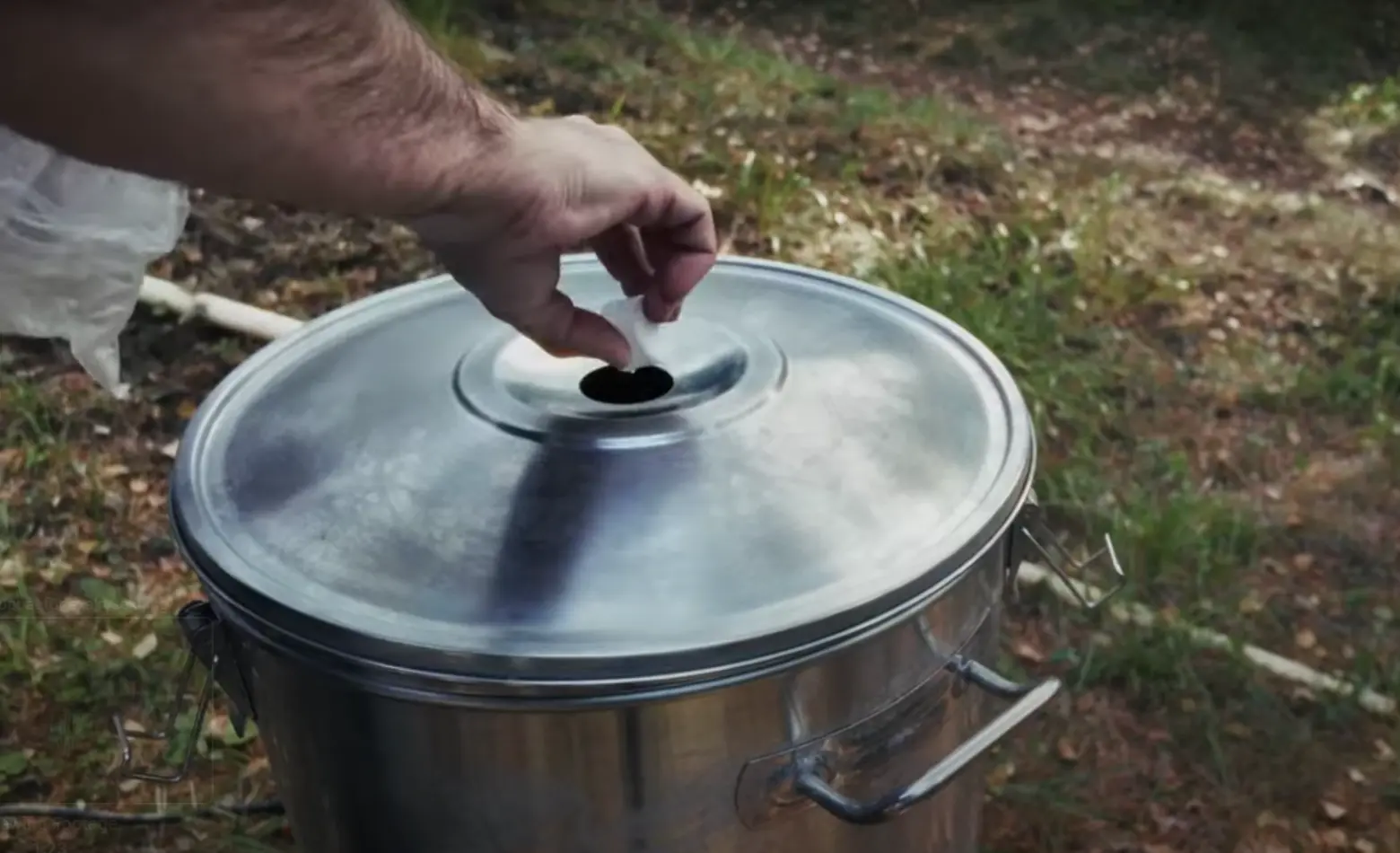
Crafting the Grain Bill: Tradition with a Twist
With an eye on tradition and a focus on ingredients I had on hand, here’s how the grain bill came together:
- Munich Malt – Forms the malty backbone typical of Altbier.
- Maris Otter – Used to fill out the grain bill; it’s not a usual choice for Altbier, but it adds a complex malt depth.
- Cara Red – Added to achieve the warm, autumnal color I was after, even if it leans away from style.
- Wheat Malt – Included for improved head retention, contributing to a full-bodied finish.
A coarse crush on the grains meant my OG came in at 1045 rather than the target 1053. Normally, I would have double-crushed the grains to hit the expected efficiency, but with time slipping away, I pushed forward.
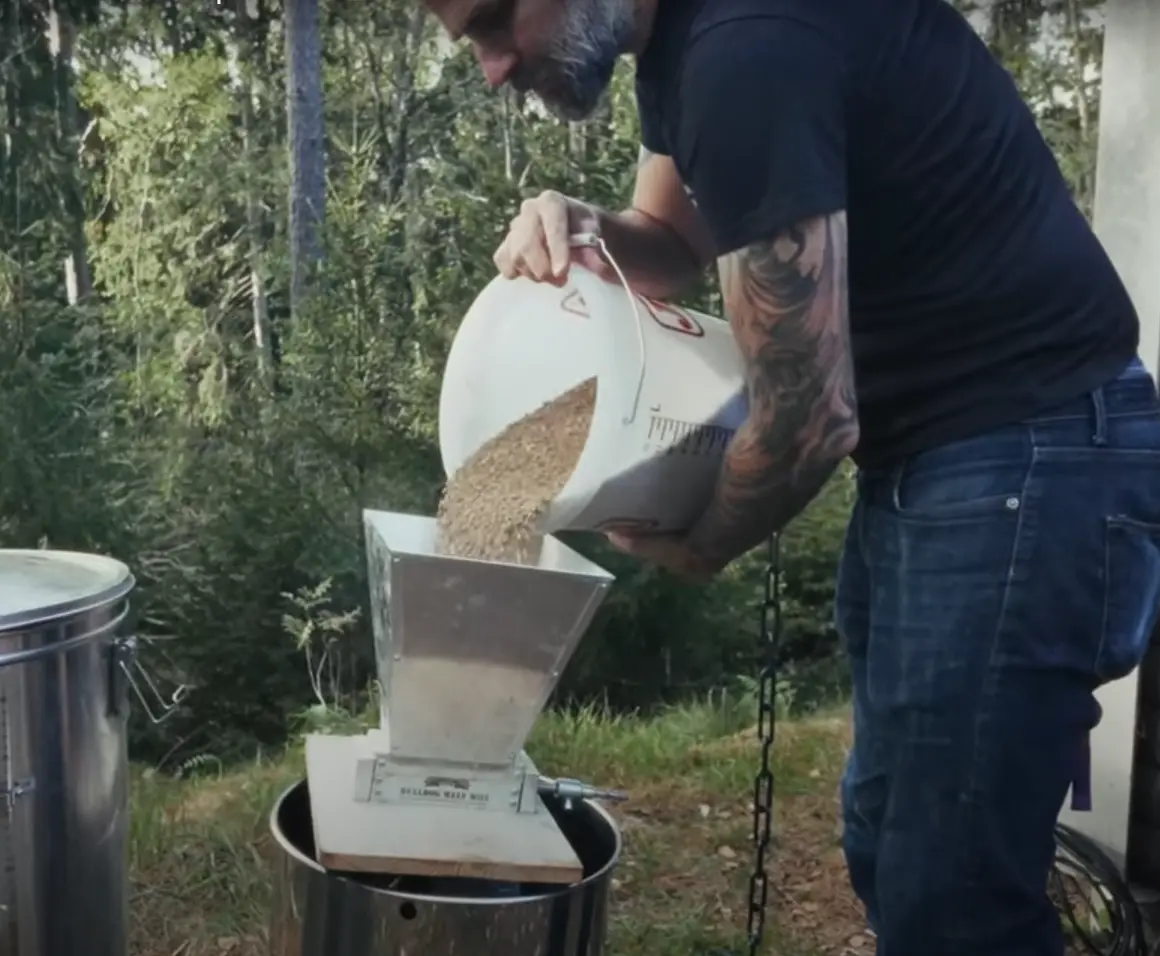
Fresh and Aged Hops for Layered Flavor
This Altbier featured both fresh and aged hops from my Hallertauer Mittelfrüh plant. I added the older hops at the 60-minute mark, giving a smooth bitterness that forms the beer’s foundation. Then, with 5 minutes left in the boil, I added the freshly harvested hops to highlight their delicate herbal and floral notes. Whole cone hops take up a lot of room in the kettle, so I used my grain basket as a makeshift hop spider. This workaround worked well, but it’s worth keeping an eye on for potential boil-overs.
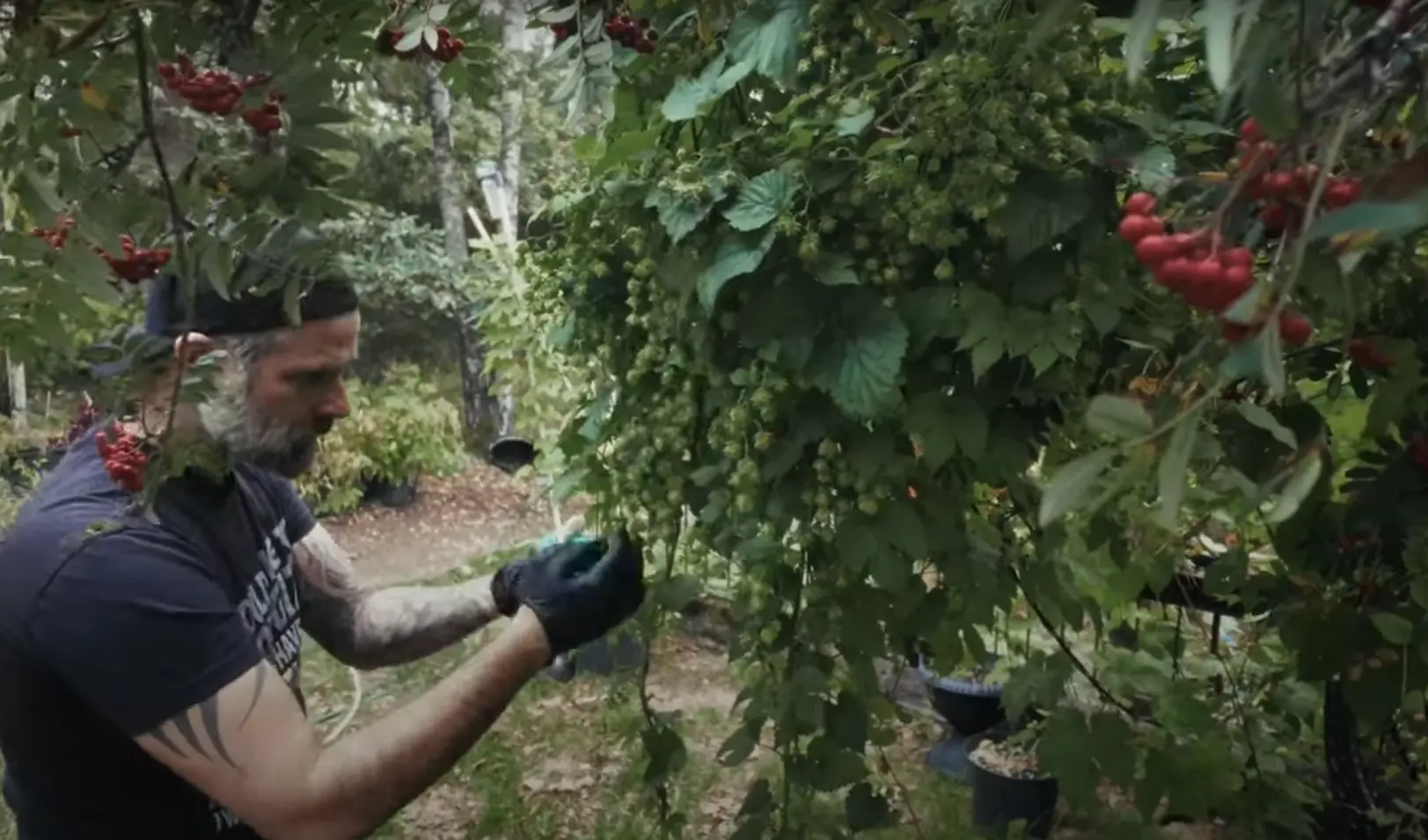
Cooling Challenges: Making It Work
As the boil finished, I discovered I was missing some hose connections for my wort chiller—a realization that called for a quick fix. After some MacGyver-style adjustments, I managed to rig a solution. Although it was far from pretty and led to water spraying everywhere (definitely not an indoor setup!), it successfully brought the wort down to pitching temperature.
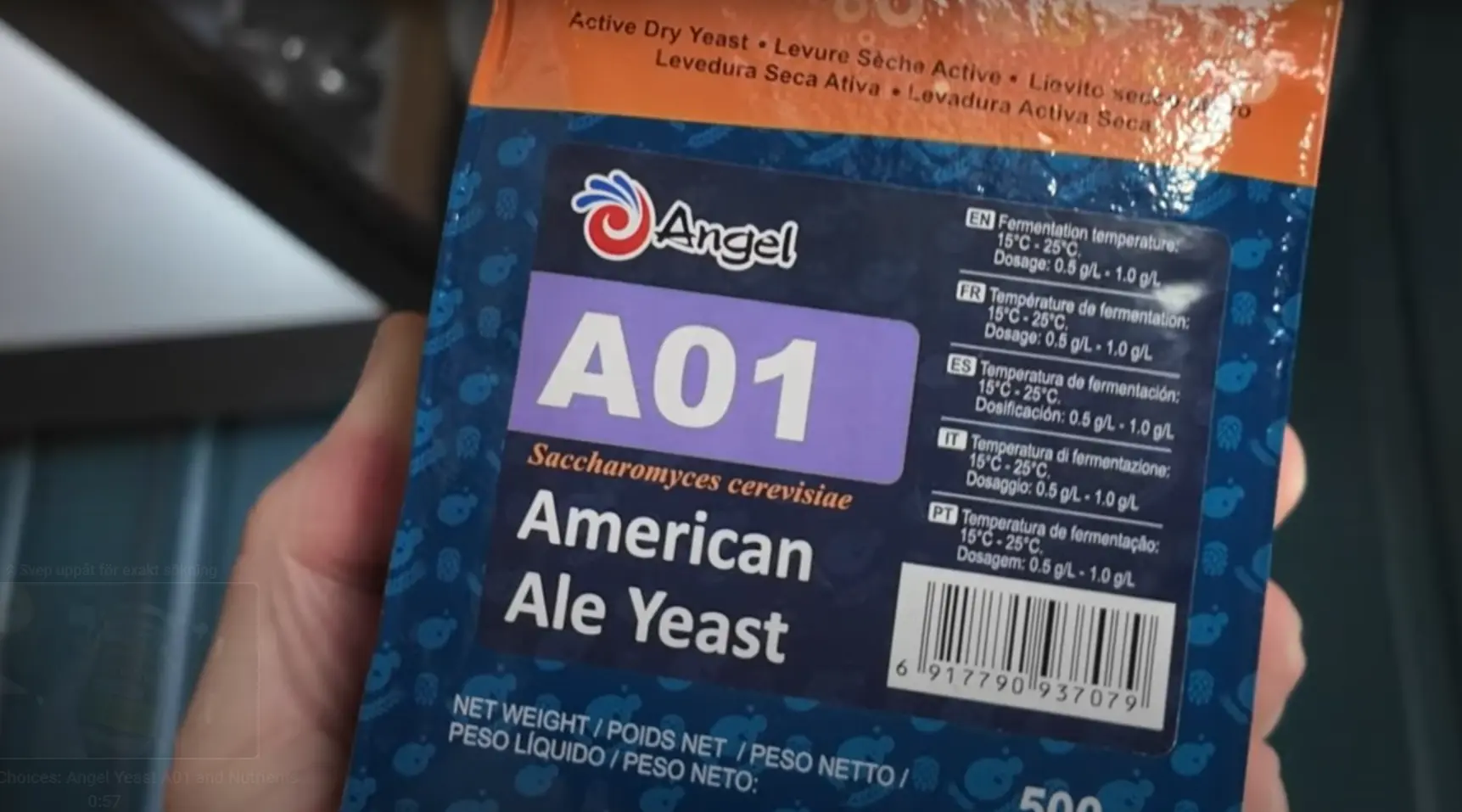
Fermentation with Angel Yeast A01 and BrewNutri-Z Nutrients
For this brew, I used Angel Yeast A01, known for its clean fermentation profile. To give the yeast the best start, I added BrewNutri-Z yeast nutrients at the 15-minute mark. Fermentation started at 18°C under 20 PSI, gradually increasing to 23°C. The final gravity was 1012, resulting in an ABV of 4.3%—a sessionable beer perfect for savoring the autumn evenings. Big thanks to Angel Yeast for supporting this brew! You can check out their A01 American Ale Yeast and BrewNutri-Z nutrients.
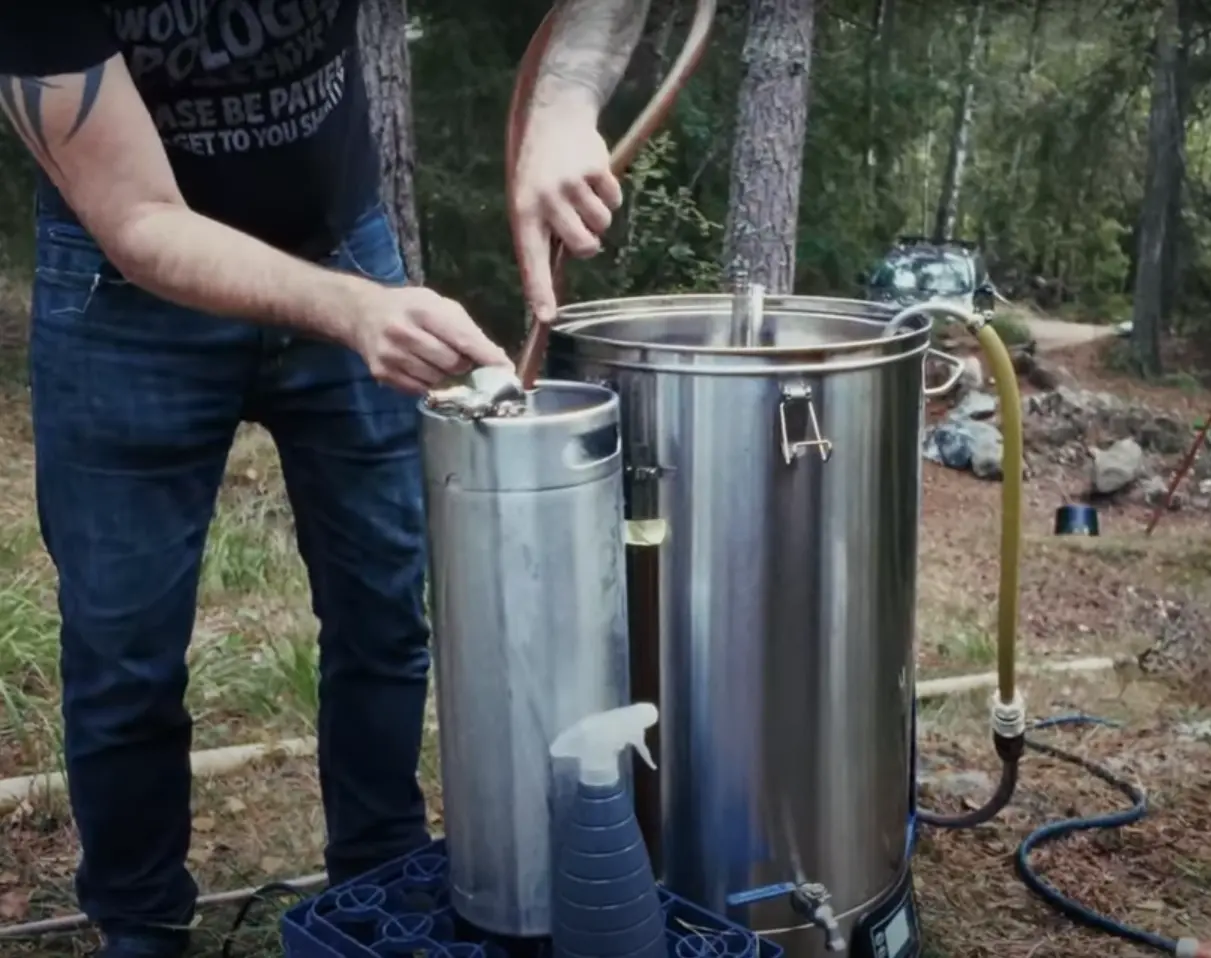
Splitting the Batch for Future Experiments
Since this was a large batch, I split it into three vessels to set up future experiments on the channel. Stay tuned for upcoming videos where I’ll share how this Altbier transforms through these variations.
Recipe Details
The recipe is available for download on my Buy Me a Beer page. Due to the coarse crush, I recommend focusing on the grain percentages rather than weight, as brewhouse efficiency varies widely between setups.
Tasting Notes: A Malt-Forward Altbier for Autumn
The final Altbier pours a coppery color with a thick, lasting head. The aroma features hints of caramel, with a balanced malt sweetness and a subtle bitterness. This Altbier is an ideal autumn brew, cozy yet refreshing—a true seasonal delight.
Serving the Altbier:
While I initially mentioned that Altbier is served in Stange glasses, traditionally, Altbier is actually served in Altbierbecher. These glasses are short and slightly wider, designed to enhance the beer’s malty and toasty aromas. The shape also highlights Altbier’s copper-amber color beautifully.
In contrast, Kölsch is served in Stange glasses, which are tall and narrow. These are better suited for the lighter, crisper Kölsch style, helping maintain its carbonation and freshness.
This detail about Altbierbecher adds even more charm to the experience of enjoying this classic beer, and I encourage you to try serving it the traditional way!

Social Media and Contact Information:
Instagram: @drhansbrewery
Facebook: @drhansbrewery
Webpage: https://drhansbrewery.com
Contact Email: drhansbrewery@gmail.com
Support and Merchandise Links:
- 📚 Learn the art of homebrewing alongside me: https://solo.to/drhansbrewery
- 🛒 Check out the gear that elevates my brewing and video game on Amazon: http://bit.ly/drhanssf
- 📘 Grab your FREE brewing ebook on my website: http://bit.ly/DrHans
- 💰 Loved the blog? Buy me a virtual beer! https://bit.ly/ByMEaBEER 🍻 Cheers!
- Support my content on Patreon from just $2/month: https://bit.ly/2V5Zsgz
- 💼 Become a channel member for access to exclusive content: https://bit.ly/3fVQav7
- 🙏 Donate to DrHans via PayPal: https://bit.ly/DonateDrHans
- 👕 Check out my exclusive merch! Unique items await at my shop: https://bit.ly/DrHans-Merch



Recent Comments